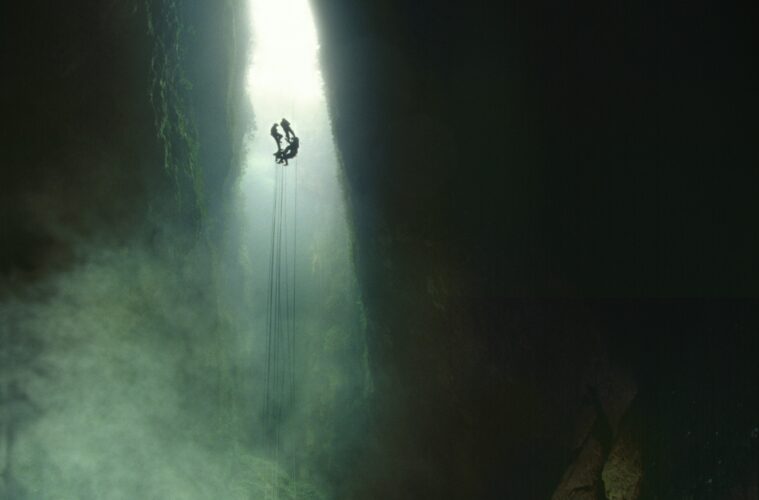July 28th heralds World Nature Conservation Day, with the aim of bringing awareness to the increased necessity for protection and sustainable practices of the world’s limited natural resources, as well as contributing to the conservation of nature on a local, national, and global scale.
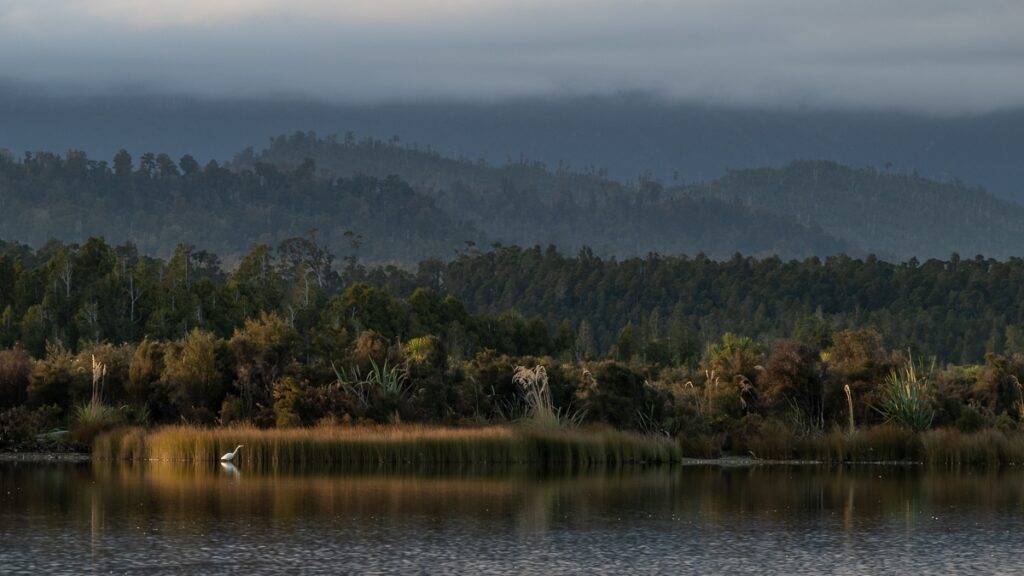
Due to its evolution in isolation for millions of years, New Zealand holds one of the worlds most unique ecosystems. Over 80% of the trees, ferns and flowering plants found in NZ are native to the nation and can only be found across the two islands. Likewise with New Zealand birdlife, 70% of all birds found in NZ are natives – four of these species are uniquely flightless, including the infamous kiwi bird.
Tourism New Zealand recently spoke to some of the individuals protecting the rare, remote, and remarkable species and their homes, passionate about preserving and celebrating them in the only place they exist, for future generations.
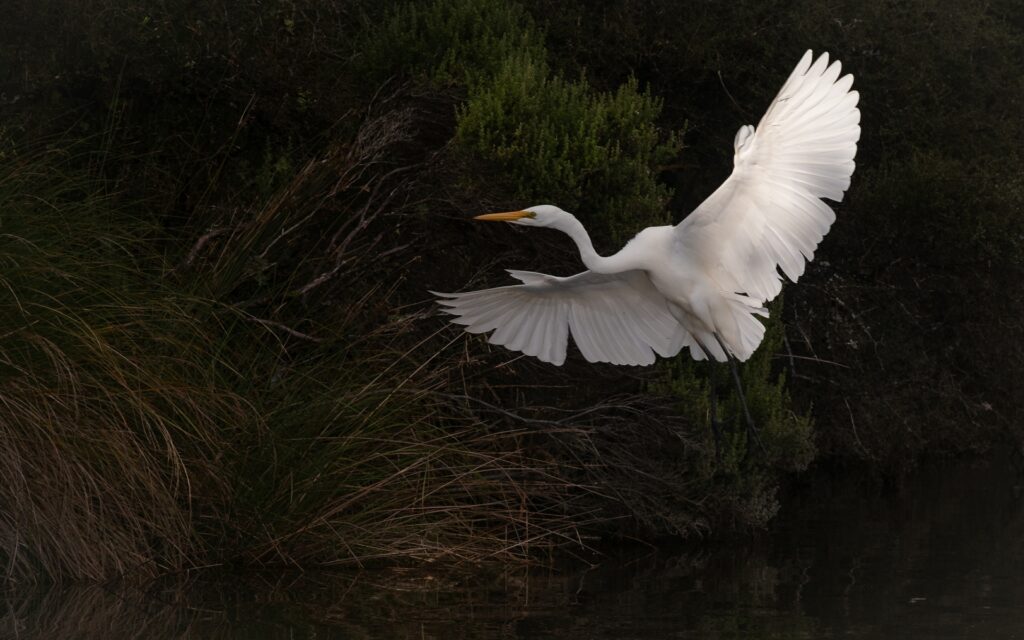
Ōkārito Lagoon, West Coast
A Sanctuary of Hope and Home For NZ’s Most At Risk Birdlife.
Ōkārito Lagoon is New Zealand’s largest unmodified wetland. Off the beaten track, it is both ancient and pristine, still in its mesmerizing original state surrounded by kahikatea forest. Visible from the wetlands are the Southern Alps, the mountainous range that runs down the centre of the South Island, and Aoraki Mt Cook, the tallest mountain in the country.
Paula Sheridan is out on the water with her partner Swade Finch every day with Ōkārito Eco Boat tours, and with that comes a sense of responsibility for the 3,200m coastal lagoon. Homing over 70 species of birds of which many are endangered; tarāpuka black-billed gulls are the most threatened gull species in the world, as well as royal spoonbills, Caspian terns, oystercatchers, cormorants. There are only 180 Kotuku, or White Heron, left in the entire country with approximately 8 to 10 of those at the Ōkārito Lagoon.
The tidal flats are rich in food, which is what attracts the abundance of birdlife. It is an example of how birdlife thrives in these types of environments, and there’s less of them left. Species that aren’t native are the biggest threats to these birds. The trapping efforts in the area help to keep the bird numbers up, and there are plans for 100% elimination of pests; every rat, stoat and possum in a 110,000 hectare area through an organisation called ZIP, Zero Invasive Predators.
It is with the help of local iwi Ngāi Tahu (local Māori tribe) that the community can make the area a mātaitai reserve, which protects the land and waterways for the environment and the people. It manages the local fishing to prevent exploitation and keeps the natural environment flourishing.
It’s important to Paula and Swade to think ahead and not take what we have for granted. The tours they run have eco-education at the core, to highlight the beauty of our natural world and wildlife, while encouraging the protection and understanding of it.
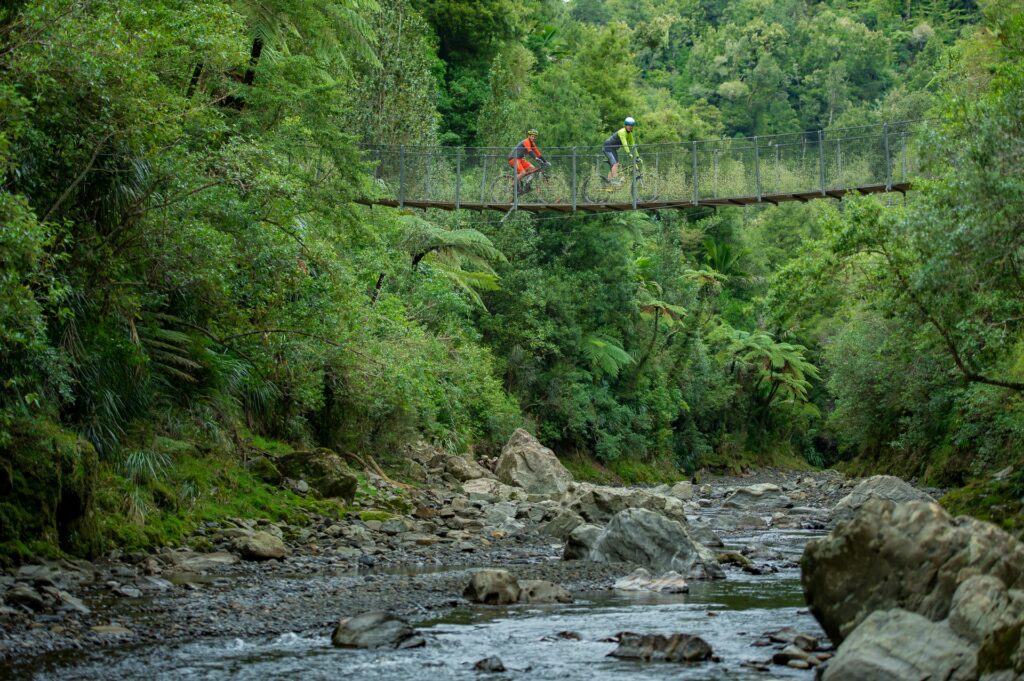
Graeme Atkins, Tairāwhiti
Top Conservationist Protecting New Zealand’s Rarest Flora and Fauna
When Graeme Atkins listened to tales from his grandmother as a child, he had no idea he would later make his career from them. Working as a ranger for the Department of Conservation for the last 30 years, Graeme protects some of New Zealand’s rarest plants and most remarkable lands.
His grandmother knew the power of plants and this had a big influence on him. Growing up remotely in Tairāwhiti, part of Ngāti Porou iwi (tribe), meant living off the land. Every house had a vegetable garden. He would get home from school and get stuck into weeding. With supermarkets or doctors miles away, it meant looking at the natural environment as a source of food and remedy. “I got a shopping list of species to go out and get leaves or bark from certain species. You don’t appreciate at the time what you’re being shared when you’re so young, but I’m so glad because it gave me the appreciation of flora and fauna.”
His passion for taonga (treasure) and rongoā (traditional Māori medicine and medicinal use of plants), his protection for rare native plants such as white kakabeak/ngutukaka, the native iris mikoikoi, and dactylanthus plus his advocacy for restoring the health of the forests of the Raukūmara Range led him to receive New Zealand’s most prestigious conservation award last year, the Loder Cup. The Minister of Conservation at the time, Eugenie Sage called him “a true kaitiaki (guardian) for indigenous biodiversity”.
Graeme’s work and advocacy for restoring the health of the forests of the Raukūmara Range has helped secure a $34 million investment in Te Raukūmara Pae Maunga project. It’s a partnership between Te Whānau-ā-Apanui, Ngāti Porou and DOC to control pests over 150,000 hectares to protect the Raukūmara forests, and ensure species such as whio/blue duck, kaka, kererū, and Hochstetter’s frog can thrive. Graeme knows that it’s hard mahi and not for everyone but uses his first hand experience to spread the word. “80% of our plants grow only in New Zealand. Not to mention all the insects, lizards, bats and birds that live nowhere else. Natives have to come first. Once we’ve lost special things from here, they’re gone for good. We have a moral responsibility to do what we can to get them to stay around for future generations.”
Hope is through education and Graeme does school talks and bush walks with younger kids to encourage them, and raise awareness. “It’s harder today because our kids are lost in their devices. How do you get them to get their fingers back into dirt? I’m always happy if I can influence two out of 20 to look at conservation as a career option.” Young individuals like Bradley Shields are carrying the flame for the conservation work. “Brad being young with passion in him, you want to encourage them and support them down the right track. We need young ones coming through. “We’re all blood brothers and sisters, it’s nothing to do with race, it’s people with the same passion that care.”
Graeme and his whanau (family) still live off the family land which isn’t connected to the national grid, instead relying on solar and gas and the plentiful fruits of the environment that he grew up with. A positive that Graeme takes from a global pandemic is people looking towards natural remedies, or alternative medicines, especially what’s growing around us. “People are starting to realise that if we don’t take care of them, they will vanish.”
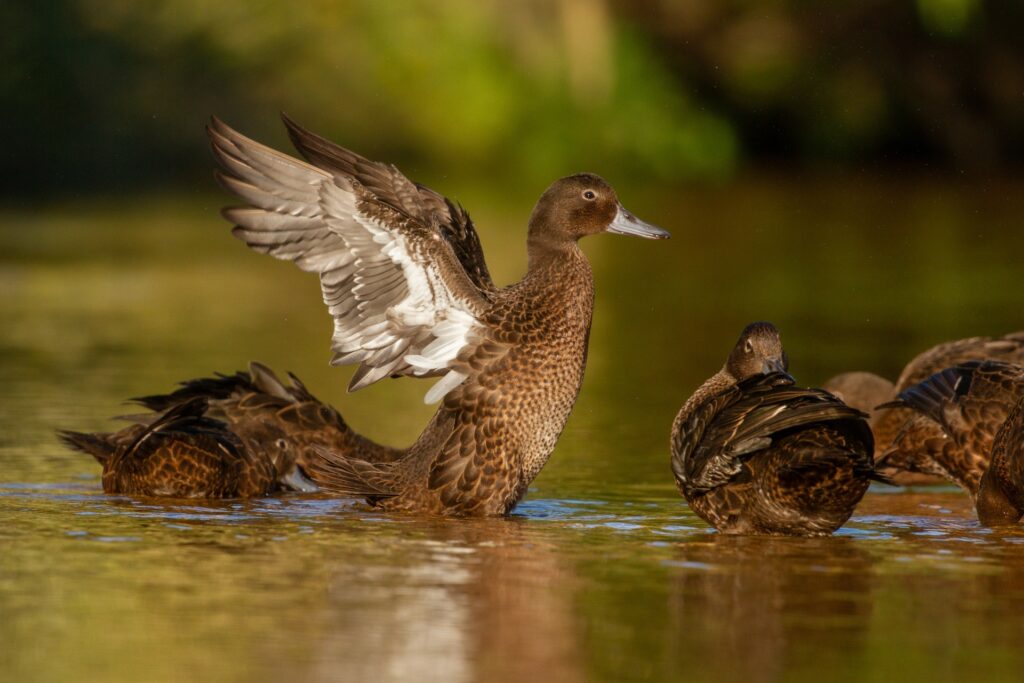
Bradley Shields, Nelson Tasman
Teenage Birder Uncovers New Population in New Zealand’s Pristine National Park
It’s not common to identify a new bird population before you’re 18 years old. But Bradley Shields isn’t your average teenager. Noticing footprints in the mud on the edge of a swamp in an area of Nelson Tasman called Hadfield’s Clearing, it sparked an idea in Bradley to set up trail cameras and find out if his prediction of new a population was accurate. “Because of a large kahikatea swamp in the area, it’s very rough and difficult to get into. It takes an hour to travel 100m. You get mud up to your knees in most parts, and you can’t see more than a metre in front of you at times.” Around a month later they collected the cameras, and the footage confirmed the spotless crake was present. It’s a significant discovery for a bird at risk due to its declining numbers, and a notoriously secretive species. The footage also presented a number of other natives roaming the area; weta, pukeko, fern bird and pāteke/brown teal.
“The pateke was exciting because they were introduced to Hadfield Clearing, and we found some unbanded, so it means they’ve been bred in the park”.
Bradley’s passion is contagious, and it started at around 14 years old when he began noticing the remarkable wildlife we have in New Zealand and doing some research. One of his highlights is seeing a white weka in Abel Tasman National Park. Weka are a flightless native that are common to the area but are usually an overall brown colour. “I found one at the top of Abel Tasman National Park which had a genetic condition, Leucism, which is the equivalent of albino for humans. It was completely white and very unafraid. It was cool to see something so bright running around the bush.”
Bradley keeps a list of what he spots every time he goes out, his current tally of New Zealand bird species is 157. Next on his wish list is the extremely secretive and relatively unstudied marsh crake.
“I often just bike to the beach and have a look at what’s happening. There’s lots of special stuff here in the Nelson Tasman region. Abel Tasman National Park is one of them. It’s an awesome place and we’ve got the only population of pāteke in the northern South Island.”
As a Youth Ambassador for Project Janszoon, Bradley has been helping to organize an eco-blitz in Hadfield’s Clearing. It involves collecting data from different areas over a number of days, and the idea is to repeat it to compare results between years. “New Zealand has a uniqueness of wildlife. We have a huge number of species that are only found in New Zealand and are really unique in the way they’ve evolved.”

Angus Stubbs, Speleologist, Waitomo
This Caveman Spends More Time Under the Ground Than Above It.
Angus Stubbs is a caveman. As the Operations and Health & Safety Advisor at Discover Waitomo, he spends much of his life in the subterranean world. His family have been in Waitomo for five generations, and having been born and raised in Waitomo, stalactites have been a part of his life as long as he can remember. The Stubbs family have helped sustain the land around the caves to ensure its protection and regeneration for future generations, as well as sustain the precious glow worm population. When he was young, local cavers would tie ropes around him and lower him into holes to see where they led.
He joined The Legendary Black Water Rafting adventure company at its beginning and was a key part of the major construction in the Ruakuri Cave, which allows entry and an intimate journey through the beautiful underworld. “There was no blueprint for the job. You can’t call 0800 CAVE CONSTRUCTION. We basically learned on the job.” It is an environmental and engineering marvel. Stepping into the cave is a mesmerizing labyrinth, intricate ramps leading into the darkness below, suspended tracks winding past limestone formations, the fragile underground eco-system evident up close as you drop down amongst the sparkling glow worms, a species of gnat unique to New Zealand called arachnocampa luminosa.
Above ground, the Stubbs family legacy lives on, with tree-planting, waterway protection and care for plant and birdlife in the area continuing to allow the area to thrive in its natural state.
Angus is passionate about sharing the cave world they’ve created with others. He thinks the people that make it to New Zealand are up for everything and loving life. He’s guided Lord of the Rings director Peter Jackson, Hilary Clinton and Katy Perry.
The caves, which celebrated 125 years of guiding last year, are one of New Zealand’s original and most visited tourist attractions. From peaceful guided walks to the extreme black water rafting adventures, there are many ways to explore this subterranean playground. Ruakuri Cave, opened 10 years ago, is the newest of these magnificent adventure playgrounds. Angus’ daily life includes rappeling into caves, ziplining in the dark through glow worms and tubing down rapids to climb up a waterfall to finish. To Angus, the underworld feels like home.
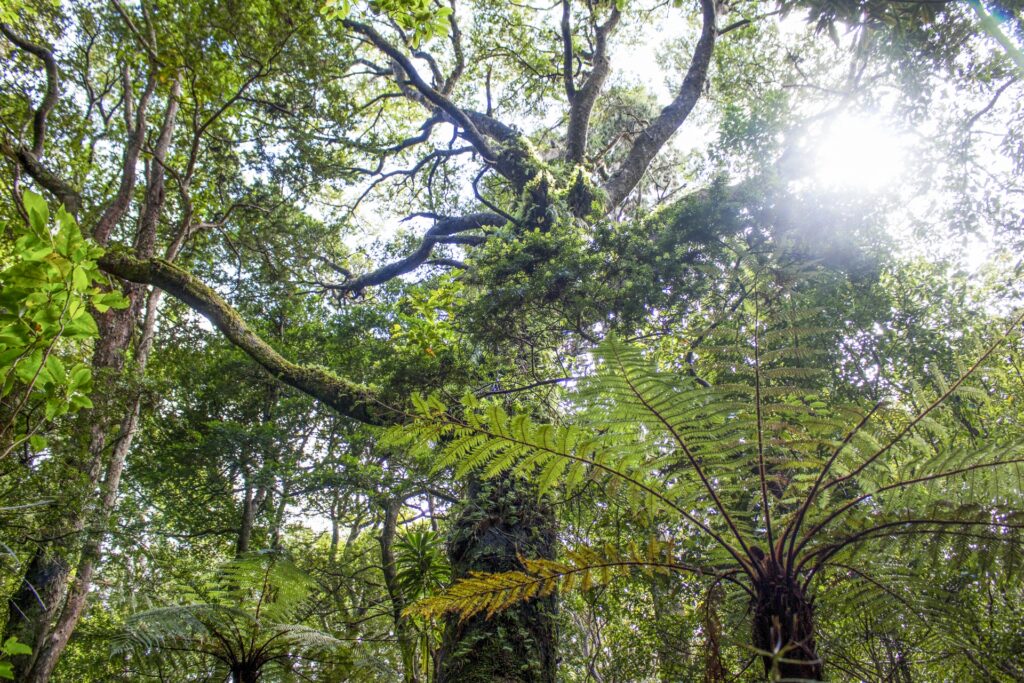
Ulva Goodwillie, Ulva Island
Prehistoric Forest at the Bottom of the World; New Zealand’s Remote Ulva Island
It’s the southern most bird sanctuary in the world, and for Ulva Goodwillie it’s also her namesake. “I think my mother really missed living here so most of my family have names after the island in some way. I got Ulva.” Ulva Island is a small island, about 3.5km long lying within Paterson Inlet, part of Stewart Island/Rakiura. Almost all 267 hectares of it are part of Rakiura National Park, and it remains one of the few predator-free sanctuaries in New Zealand, a haven for threatened wildlife.
“We have the original primitive native forest, Gondwana. That’s the reason we can have rare, endangered birds and plants that can thrive.” Ulva runs guided walks on the island, making the most of the environment that Department of Conservation and the Ulva Island Charitable Trust have worked to sustain. Their proactive conservation efforts along with the people of Rakiura have created a thriving, natural habitat. Also playing a vital role is Detector Gadget, a rodent detector dog who keeps the island free of introduced pests and predators. “We have superb bird life because the bush is original, and there’s more than enough food for everybody. Birds that used to be in the canopy come down lower and lower as there’s nothing that’s going to impact on their survival.”
While visitors may head to Ulva Island to spot the diurnal Kiwi, for Ulva it’s the energy of the place that makes it so special. “The fact that it’s only humans that interfere with the running of the natural world makes it all the more special.” Ulva Island is a representation of what can be achieved with effort. “It’s a lot of work, by a lot of people, over a lot of years. Everybody does their own part to make it a success, and it’s working.”
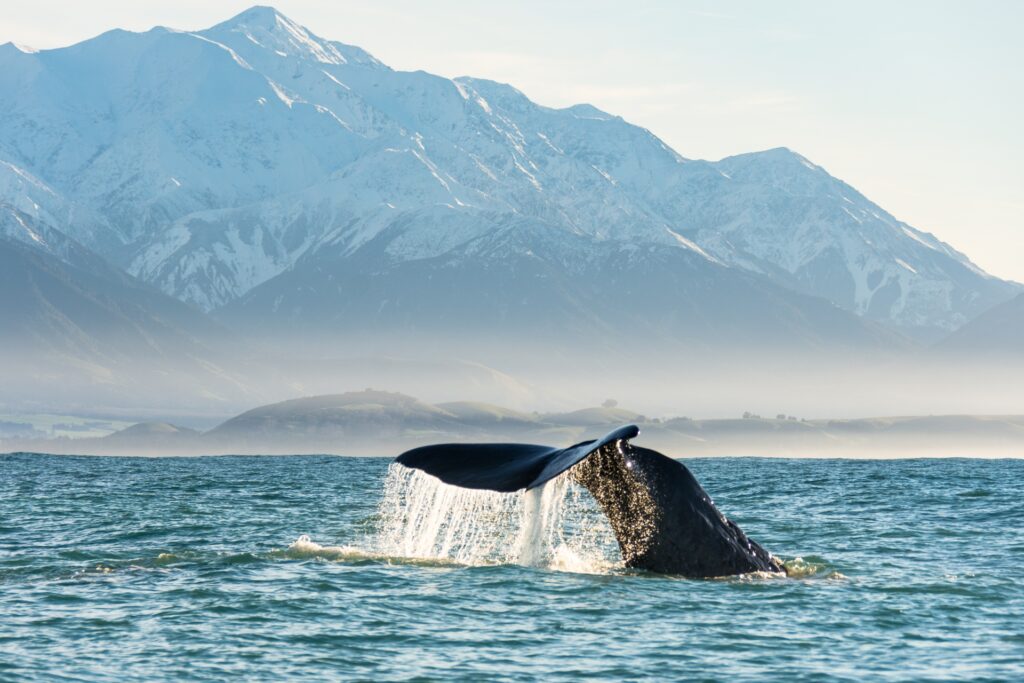
The Great Kaikōura Whale Count, Kaikōura
Longest Mammal Migratory Journey Fuels Kaikōura Research
Humpback whales have the longest migratory journey of any mammal at around 5,000km. Each year around June and July the whales migrate from the dropping temperatures in the Antarctica waters to the warmer Pacific Ocean to breed, returning in spring to spend the summer months feeding in the Antarctic waters. Research into the large whale populations that migrate through Kaikōura is being supported by locals. It is the second year of The Great Kaikōura Whale Count which aims to understand the precious population of marine mammals as they are. The majority of the volunteers for the three shifts a day are locals, though there are also people travelling through who help out and volunteer their time to a shift whale spotting.
Department of Conservation Community Ranger, Jemima Rodden, is the project coordinator for the volunteers. While locals are out in full force volunteering their time to the local count, so too are local businesses such as Kaikōura District Council, Whale Watch, Dolphin Encounter and Kaikōura Kayaks among others. “It’s a close knit community and a small town so it’s nice to bring people together.”
The work aims to dig into our understanding of native animals as they are and is part of a larger initiative to better understand large whale populations and their behaviour when travelling through these waters. It is based on science but relies on a large number of people and agencies to contribute to the work. “There is an effort to do this now, so as the environment and population changes, we can see that change and respond to it. The more we understand their population and behaviour, the better we can respond to it.”
It’s an environmentally important ecosystem, plus it’s culturally important to the community and part of the identity of the local runanga (tribal council), Ngāti Kuri. Last year over 100 people volunteered their time, and 88 humpback whales were spotted. This year’s count runs from 1-13 July, with the final number released following this.


